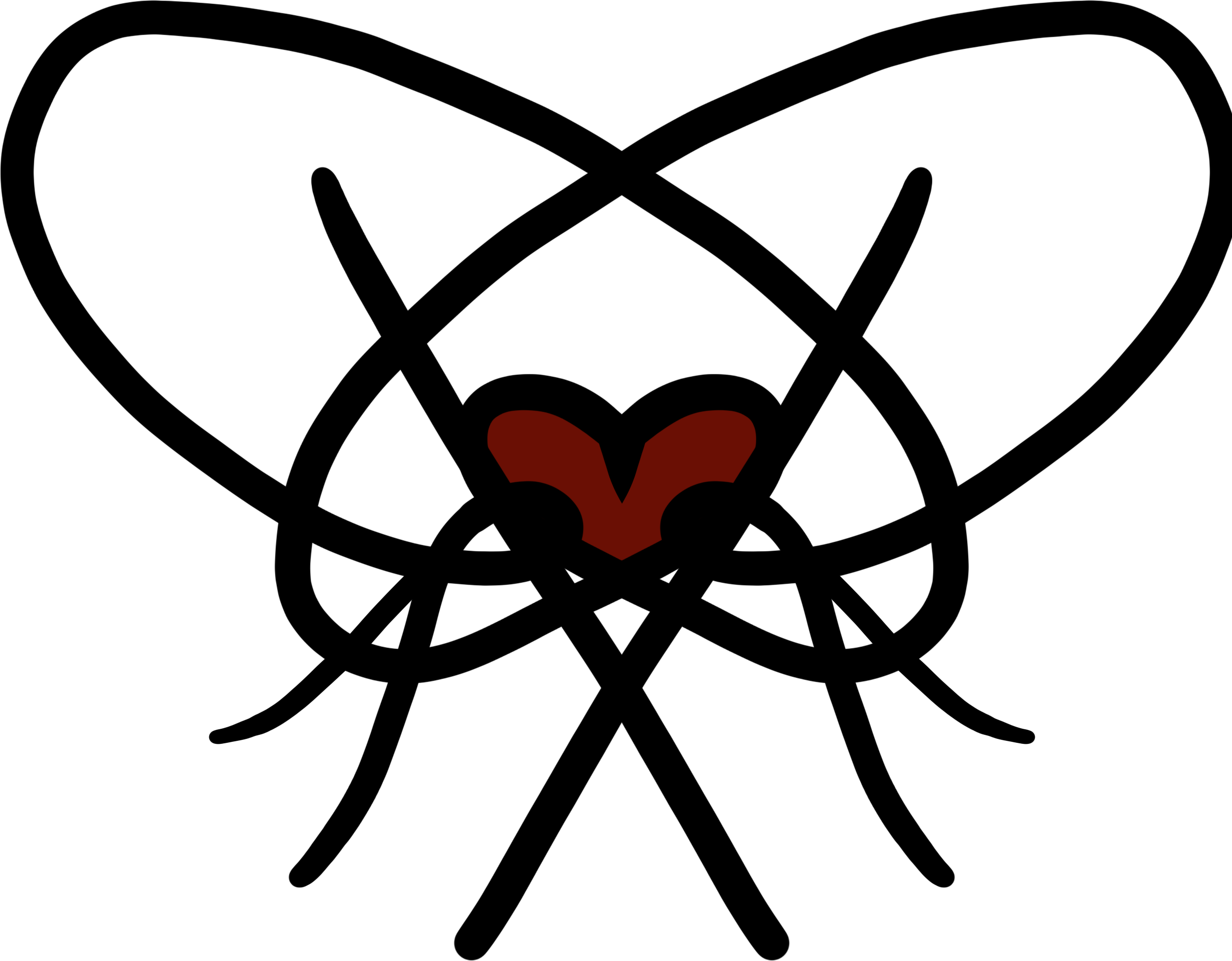This illustration is made for an exam.
I had to make a mural drawing.
The choices were three, I went for Gemeente/Stadswinkel Tilburg.
Mockup



Final drawing
Sketches



Process













At first I made a 3D model for the perspective.
Than it went to a quick sketch and from sketch to end product.
Board
I went for a steampunkish style, since the building is near the trainstation.
Research
About the building
Established by the city council on October 8, 1881 as (formerly Locht) from the level crossing in den Noordhoek to the Veldhoven near den Rooden Haan.
This street used to be part of the road from Tilburg over Veldhoven to the Goirke.
In 1881 the steam tram line from Tilburg to Waalwijk was taken into use by the Gasthuisstraat.
In 1900 the municipality laid a pavement. The name Gasthuisstraat was withdrawn by B & W on 2 August 1962 and changed to Gasthuisring.
The guest house on the Locht (> Lochtstraat) was built on this street in 1837-1838, because the old guest house on the Veldhoven (Wilhelmina Park) had become too small. On November 19, 1838, it was occupied by the Sisters of Charity. In 1877 a second floor was added to the building. This guest house served until November 28, 1929. On that date, the patients were transferred to the new Sint Elisabeth hospital on Jan van Beverwijckstraat.
In the map of roads and footpaths, established by council decision of November 7, 1872, the Gasthuisstraat refers to the current Stedekestraat and Fraterstraat.
The Spoorlaan, laid out in 1863 and paved with cobblestones over a width of five metres, was initially called Zuider-Parallelweg.
By council decision of October 8, 1881, the street name was determined as follows: Spoorlaan (formerly Parallelweg) from the level crossing in den Noordhoek along the track to den Heuvel. The name is derived from the Tilburg - Breda railway, which was festively inaugurated on October 1, 1863. Minister Thorbecke (> Thorbeckestraat) was present. The party train was received by, among others, the municipal council, the three Tilburg guilds and the militia. A special music kiosk was set up in front of the Heikese church where the Nieuwe Koninklijke Harmonie performed.
Blind Walls
Blind Walls Gallery is inspired by the oldest cityscape in the Netherlands: a triptych with a prominently depicted city wall of Breda that was discovered in 2013. The city wall no longer exists today.
Blind Walls Gallery makes the hidden stories of the city visible to residents again, linking public art and heritage.
Blind Walls Gallery (unlike other street art galleries) always works conceptually: every mural that is made tells something about the area, the history or another story of Breda. Before a mural is produced, the team researches the city archives or searches for alternative sources from the city. The research is then handed over to the artist who will work on the design for the painting.
Blind Walls Gallery guides the process with every mural so that the quality of the work is guaranteed.
The Blind Walls Gallery is supported by the municipality of Breda and KunstLoc. pre-Blind Walls Before the Blind Walls project started, there were already several murals on display in Breda, such as the 110-meter long Combat Super Mural, made by five Spanish and five Dutch artists.

